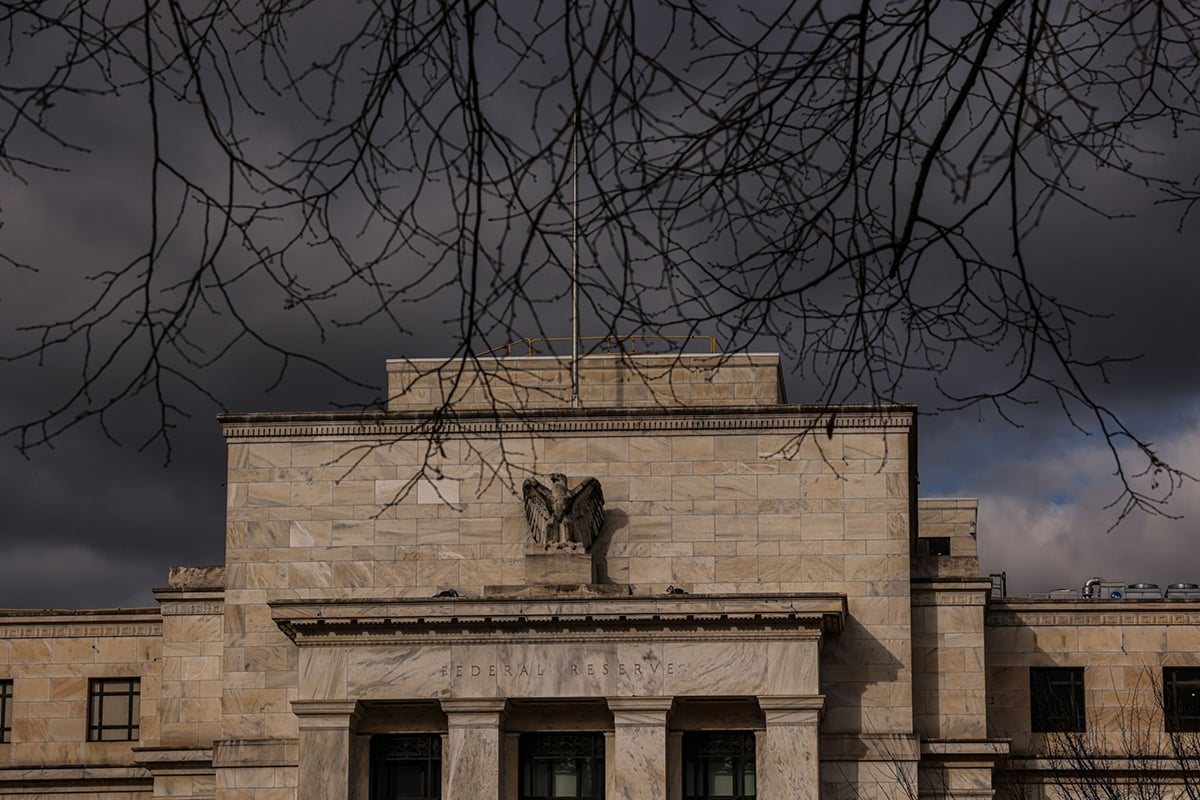Throughout 2019, banks' end-of-quarter tidying of their balancesheets has resulted in spikes in the U.S. overnight repurchaseagreement (repo) rates. This volatility has set the market on edge. The Federal Reservestepped in, with traders injecting cash into U.S. money markets. Asa result, the last day of the third quarter (Monday) was relatively uneventful in the repo market.
|Still, this year's market volatility signals a broader risk. Asa recent report from Fitch Ratings puts it: "While the Fed wasultimately able to stabilize repo dollar funding rates throughad-hoc funding infusions, further repo-market volatility couldexacerbate global liquidity issues, potentially extending to otherasset classes and players beyond the U.S. repo market."
|Large banks shouldn't be much affected, both because theirrequired liquidity coverage ratios lead to close matching of repoassets and liabilities, and because they rely more on retaildeposit funding than on wholesale funding sources. However, smallerbroker-dealers, mortgage real estate investment trusts (REITs), andhedge funds may be hit hard if borrowing costs in the repo marketspike and remain high. Exposure to a volatile market for fundingmight also affect those entities' perceived credit risk, whichcould have further ramifications for the economy at large.
|On the flip side, lenders in the overnight repo market benefitwhen repo rates rise. In mid-September, money fund investors saw acouple of days of significantly higher yields, with one fundreaching a yield of 5.56 percent.
|If repo-market volatility persists, the Fed may have to pull outsome other tools, such as a permanent standing facility, accordingto Fitch Ratings. "This would create an effective ceiling onovernight rates that would allow players in the repo market toobtain sufficient dollar liquidity at reasonable costs," say MonsurHussain, senior director for financial institutionresearch; Brian Coulton, chief economist; Nathan Flanders, managingdirector for non-bank financial institutions; and Greg Fayvilevich,senior director for funds and asset management. "The possibility ofresuming organic growth in the balance sheet to boost reserves ascurrency demand increases might also be considered."
|They conclude: "Keeping price volatility and liquidity risksfrom spreading beyond the U.S. repo market may be especiallyrelevant—and more difficult—with exogenous event risks such asBrexit-related FX [foreign exchange]disturbances or protracted trade wars."
Complete your profile to continue reading and get FREE access to Treasury & Risk, part of your ALM digital membership.
Your access to unlimited Treasury & Risk content isn’t changing.
Once you are an ALM digital member, you’ll receive:
- Critical Treasury & Risk information including in-depth analysis of treasury and finance best practices, case studies with corporate innovators, informative newsletters, educational webcasts and videos, and resources from industry leaders.
- Exclusive discounts on ALM and Treasury & Risk events.
- Access to other award-winning ALM websites including PropertyCasualty360.com and Law.com.
*May exclude premium content
Already have an account? Sign In
© 2024 ALM Global, LLC, All Rights Reserved. Request academic re-use from www.copyright.com. All other uses, submit a request to [email protected]. For more information visit Asset & Logo Licensing.








